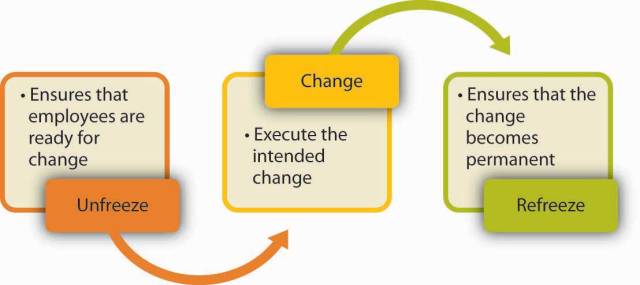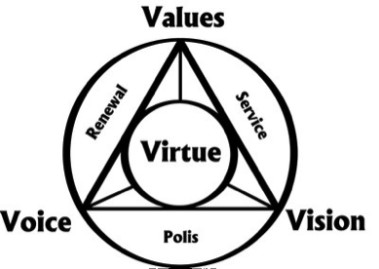This blog seeks to analyse the overview of leadership based on my previous blogs and also term my vision as aleader.Through my leadership lessons for this term, I am sure I have become a great effective leader.
Some of you may start asking what leadership is. What does it take for one to be a leader? How does one know that they are great outstanding leaders in an organisation?
Well we all have different ways of defining leadership. For example; some of us may define leadership as the authority to guide others and complete particular tasks. (Helmrich, 2015)
Leadership is reminding people about the company’s potential and vision to hit their target without forgetting to encourage and motivate them to work as a team in order to achieve their mission. (McBean, 2013)

Anyone can be a leader but an outstanding leader should have the following qualifications;-
• Genuine. You need to be clear on what your values are and must be consistent in applying them. As part of that, you need to have the courage to hold true to them. You must not lose sight of reality. Lost values may be one of the biggest causes of downfalls. (Farrell, 2011)
• A leader also needs to function in an orderly and purposeful manner in situations of uncertainty.
• Capacity to motivate, good leaders are meant to be good at motivating their employees so that the employees can also feel they are part of the company.(Oswald,2014)
• Be Customer Focused. For good results, leaders have to know the kind of customers they have and their wants. (Hewes, 2014)
I was inspired by the late president of South Africa Nelson Mandela (RIP) who became stronger after being jailed for his fairness and equity. However he didn’t try to revenge his jailors instead he forgave and continued to being the leader he was before. A leader who believed that people were all the same no matter the colour. Therefore he managed to balance his emotions hence being an outstanding leader. (Jovanka, 2013)
Nelson Mandela preferred leading from behind and let his followers in front most especially when celebrating success. Then he takes the lead when in crisis. After people will give their thanks as a result. He was the kind of leader who minded about everyone’s interest accordingly. (Ray, 2013)
I have come to a conclusion that Iam A participative leader and I wish to maintain it because in this kind of leadership, employees feel the control of their own destiny, job satisfaction and motivation plus the employees’ skills get developed though this leadership happens to be slow but it’s always better considering quality than speed.
In my leadership class team, we give feedback to each other since we all had chances to lead the team. I volunteered to be the first leader and as the week ended, I received feedback from my team members where most of them said they would like to be led by me because my humanity and problem solving skills. It’s always better create treating each other equally because you never know who you will work with in future no matter the culture difference.
Finally, I have come to realise that it’s always good to be confidence because without confidence, you will never know your weaknesses and strengths. I am capable of balancing my emotions though I was so weak at this at the start, when I commit myself to do something, I make sure I do it no matter what.Forexample when I promise giving feedback and I find the phone network poor, I find other ways of communicating to you accordingly.
REFERENCES
Jovanka (2013) 7 leadership lessons inspired by Nelson Mandela (online) available http://www.huffingtonpost.com/jovanka-ciares/7-leadership-lessons-insp_b_3427796.html<(20.March.2016)>
Ray (2012) why Nelson Mandela was a great leader (online) available https://www.psychologytoday.com/blog/wired-success/201312/why-nelson-mandela-was-great-leader<(20.March.2016)>
Hewes (2014) Top ten traits of great leaders (online) available http://www.amanet.org/training/articles/top-ten-traits-of-great-leaders.aspx<(20.March.2016)>
Oswald (2014) the 14 qualities of great leaders (online) available http://hrdailyadvisor.blr.com/2014/04/11/the-14-qualities-of-great-leaders-how-many-do-you-have/<(20.March.2016)>
Helmrich (2015) 30 ways to define leadership (online) available http://www.businessnewsdaily.com/3647-leadership-definition.html<(18.March.2016)>
Farrell (2011)23 traits of good leaders (online) available http://edition.cnn.com/2011/LIVING/08/03/good.leader.traits.cb/index.html<(20.March.2016)>
McBean (2013) Characteristics of leadership (online) available http://www.fastcompany.com/3004914/5-characteristics-great-leaders<(20.March.2016)


